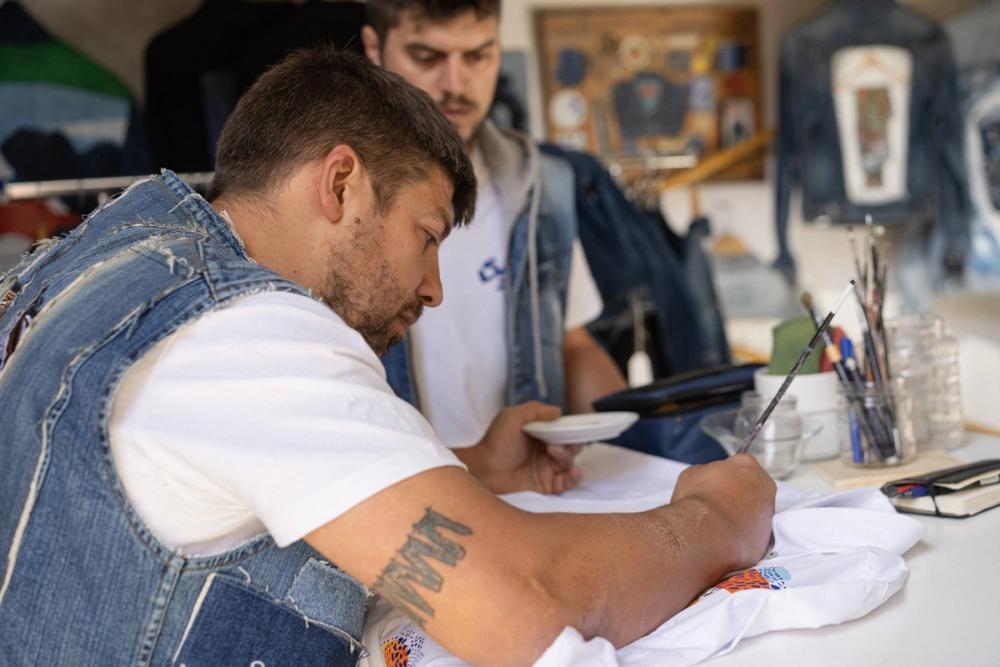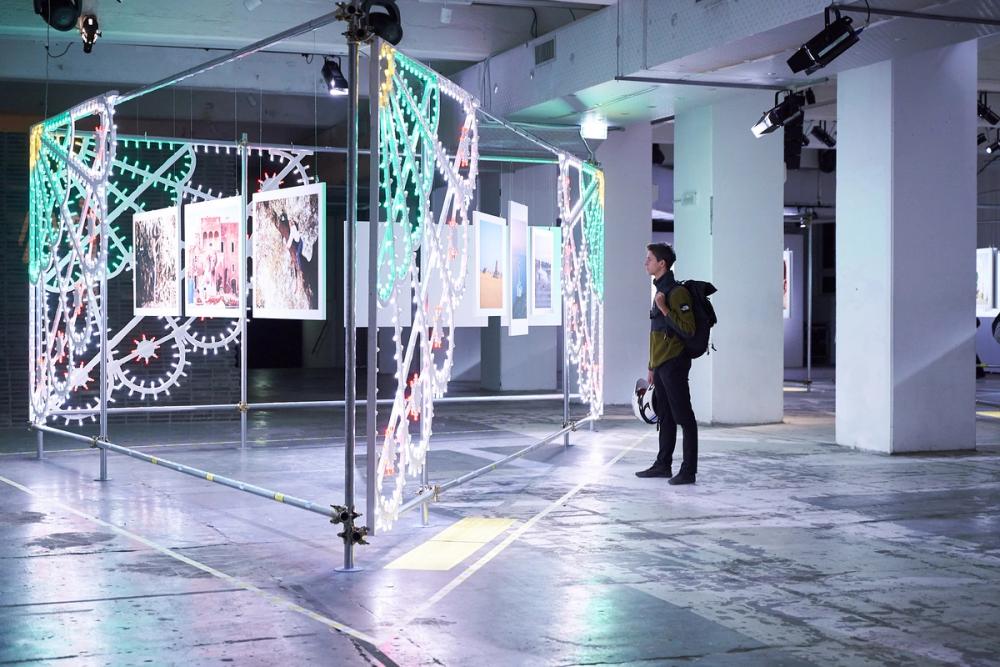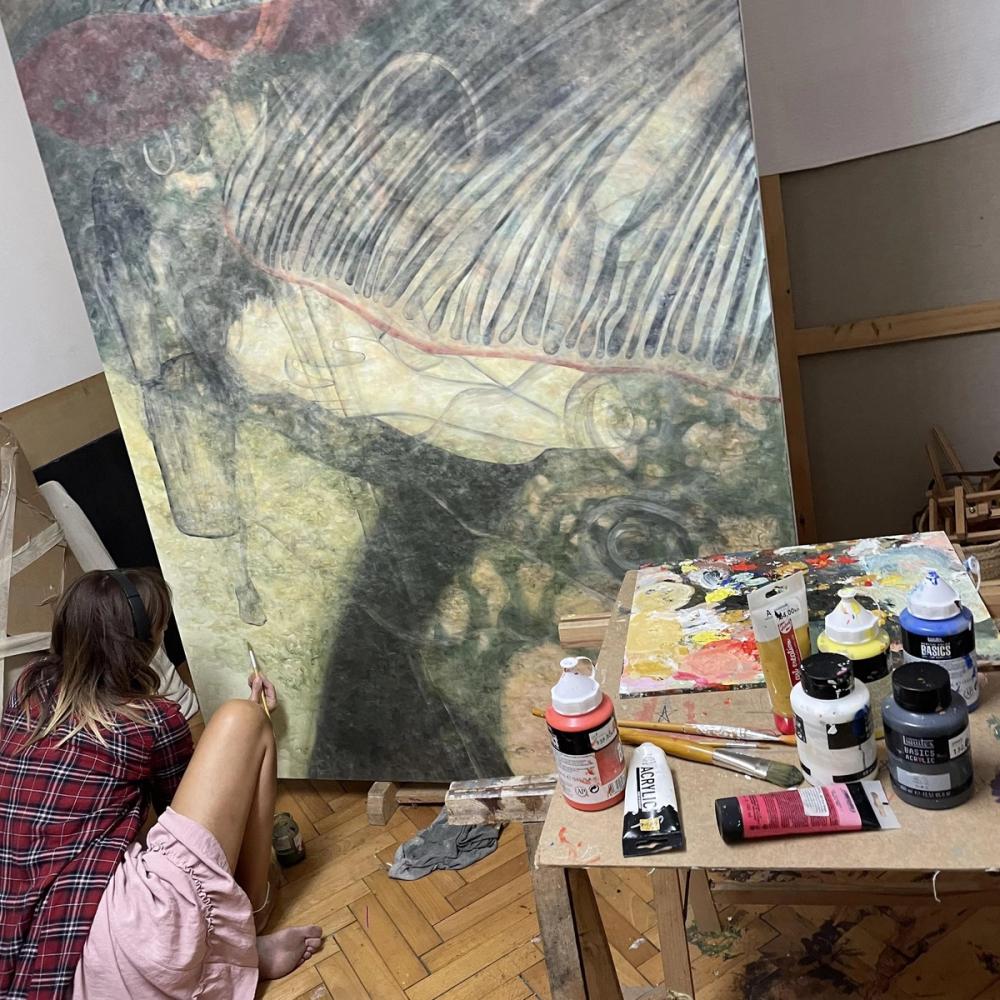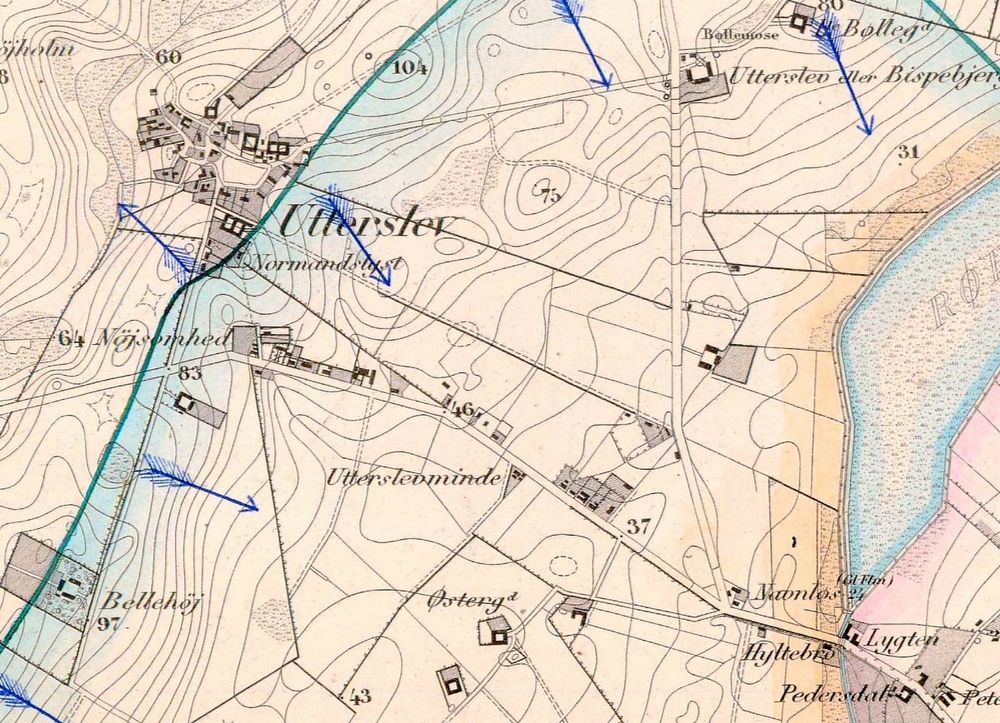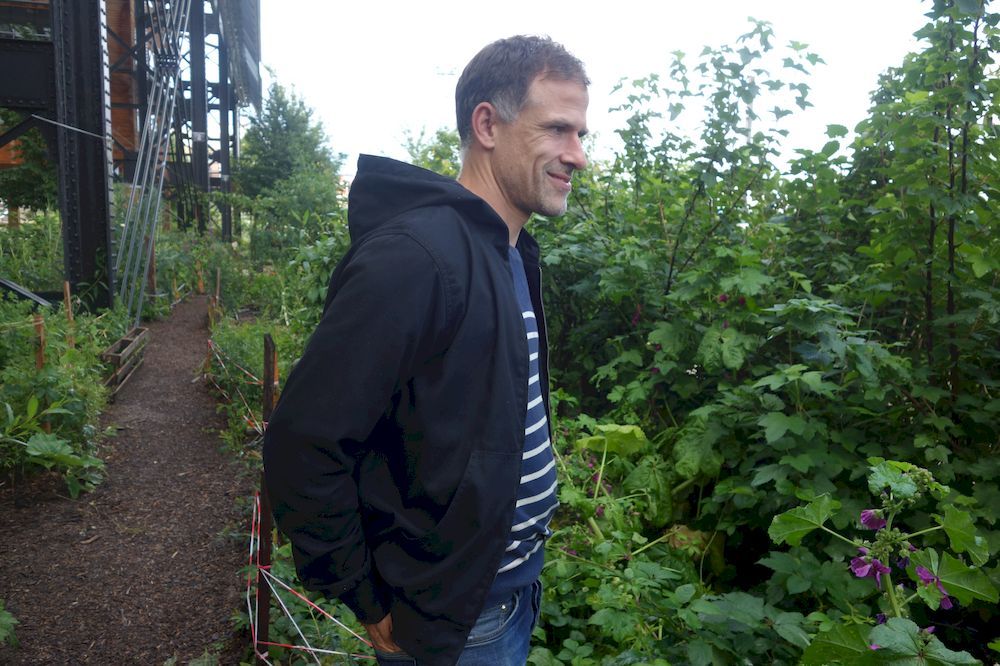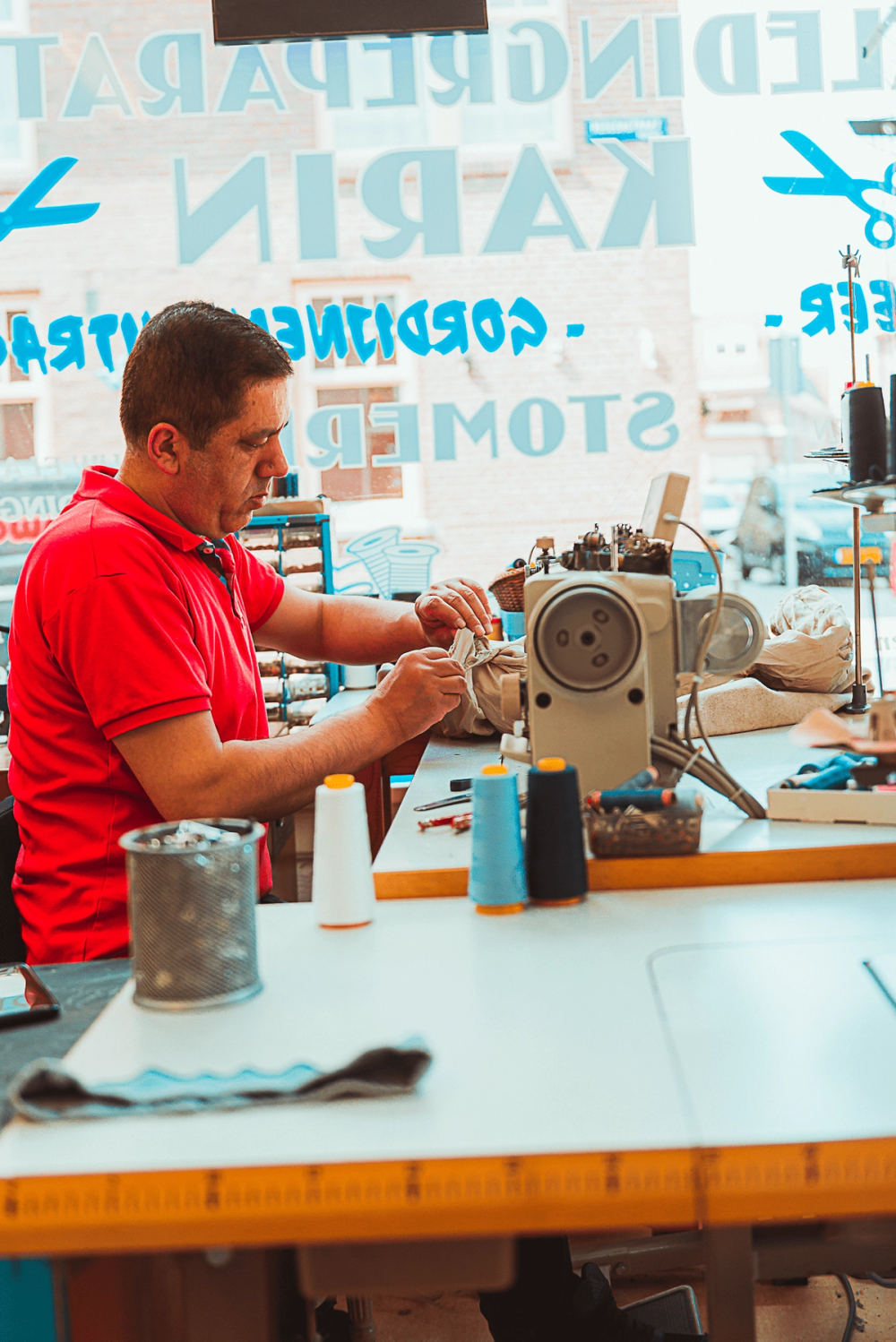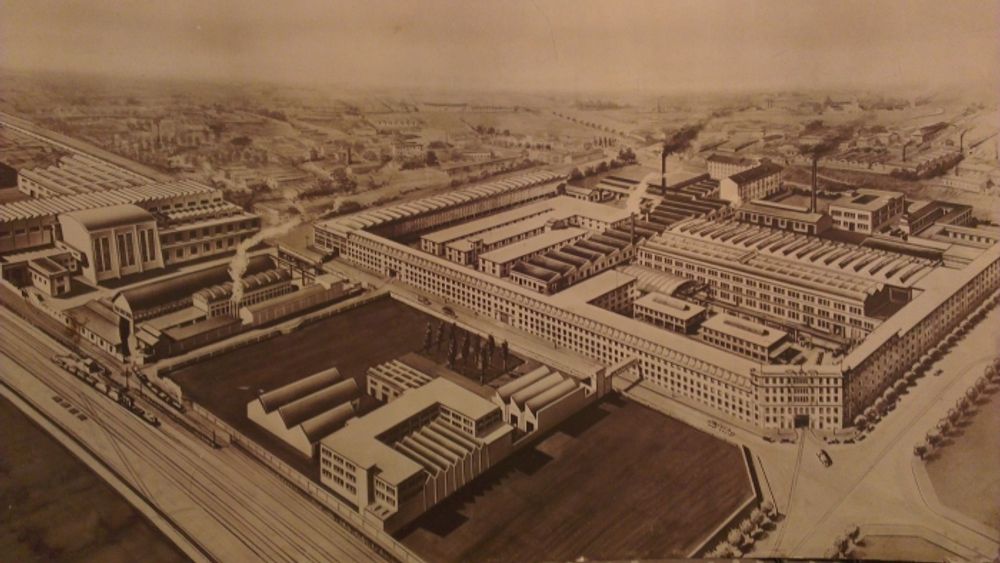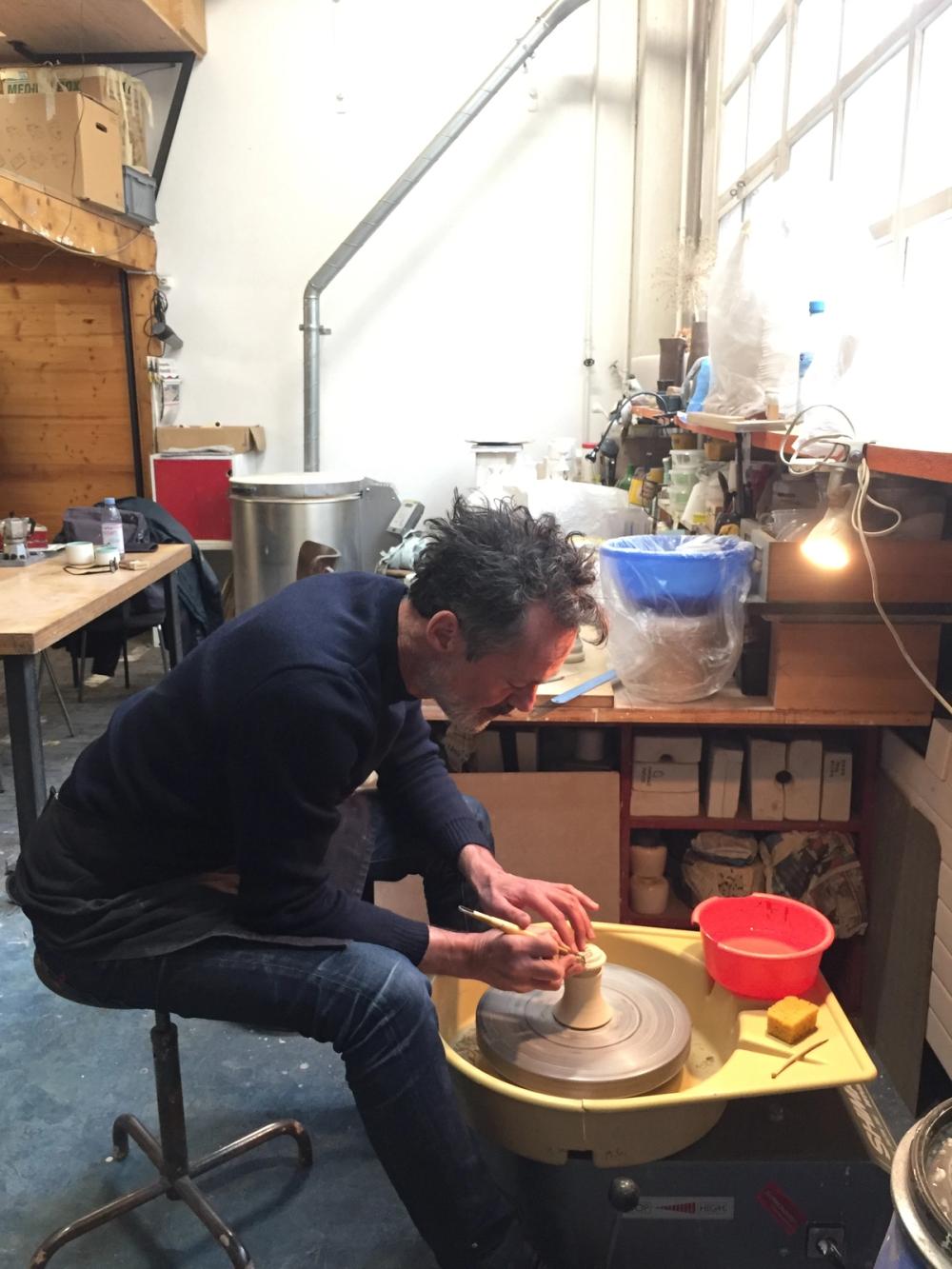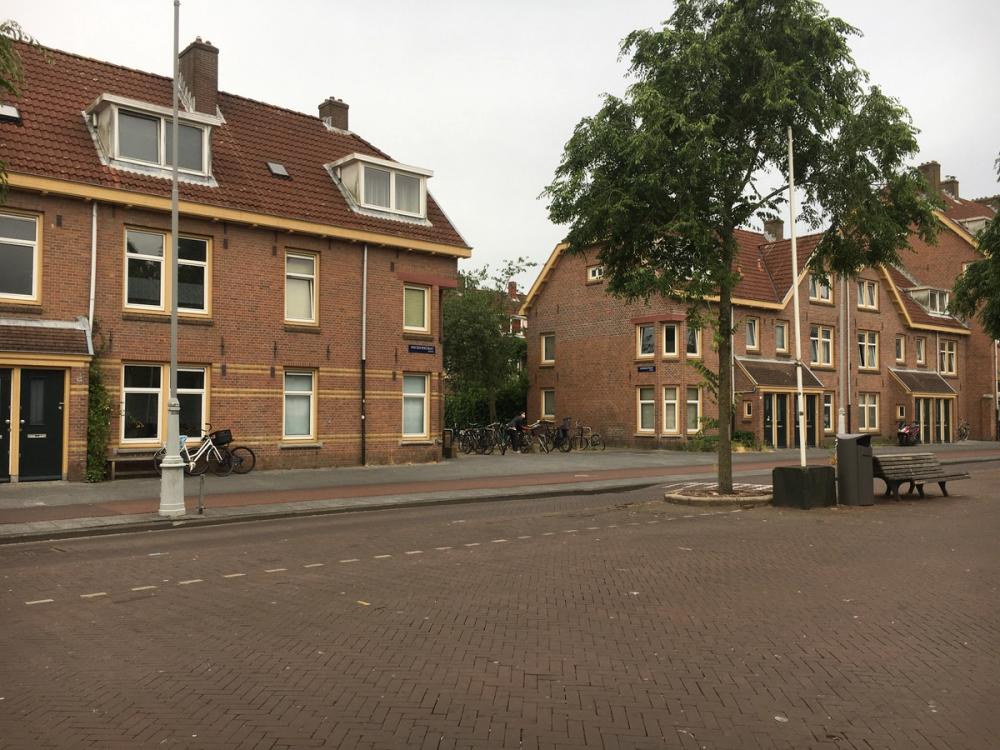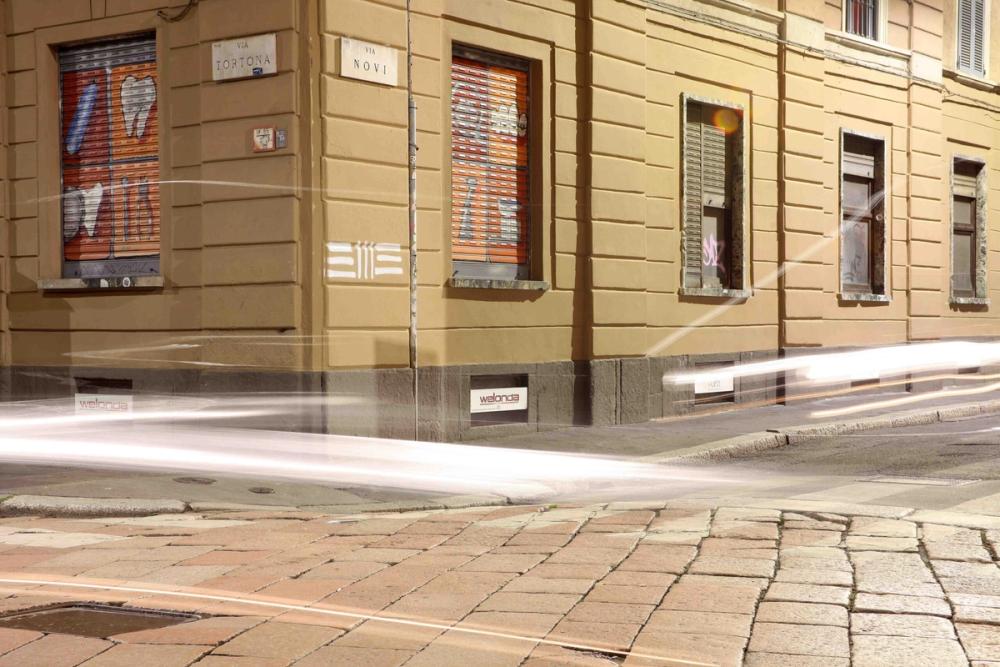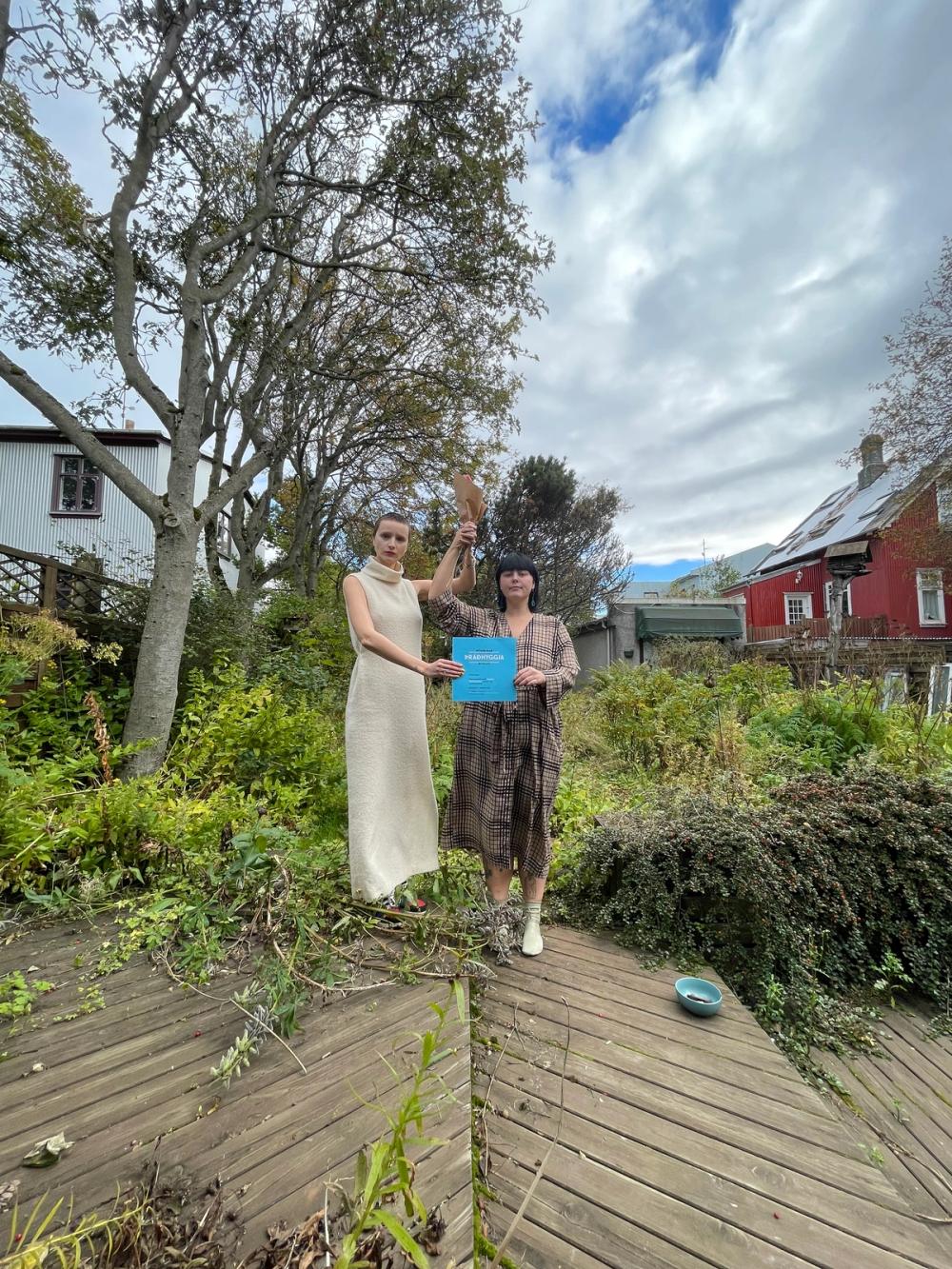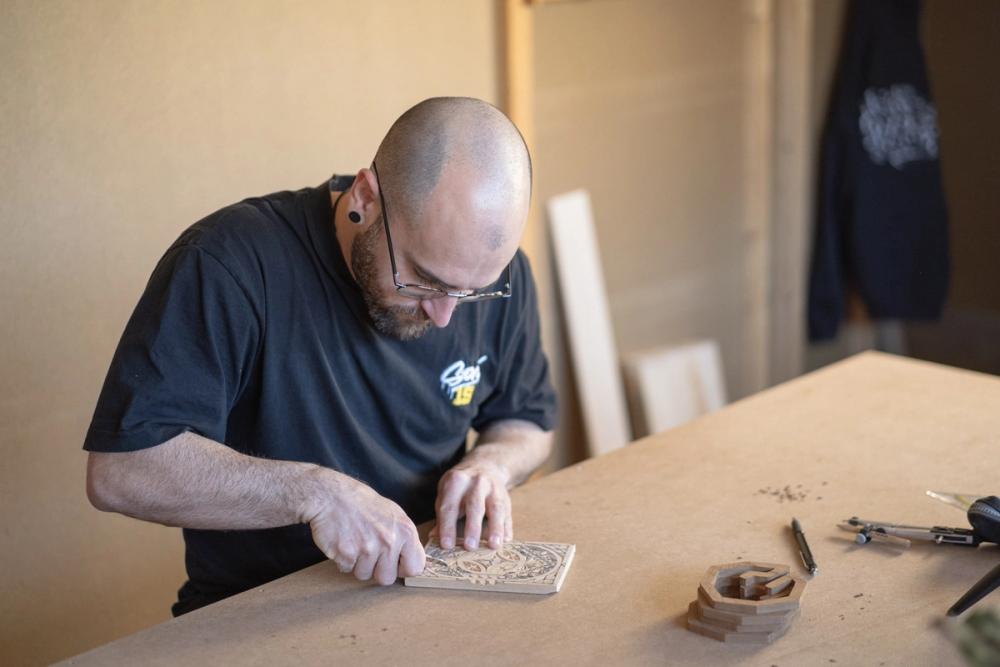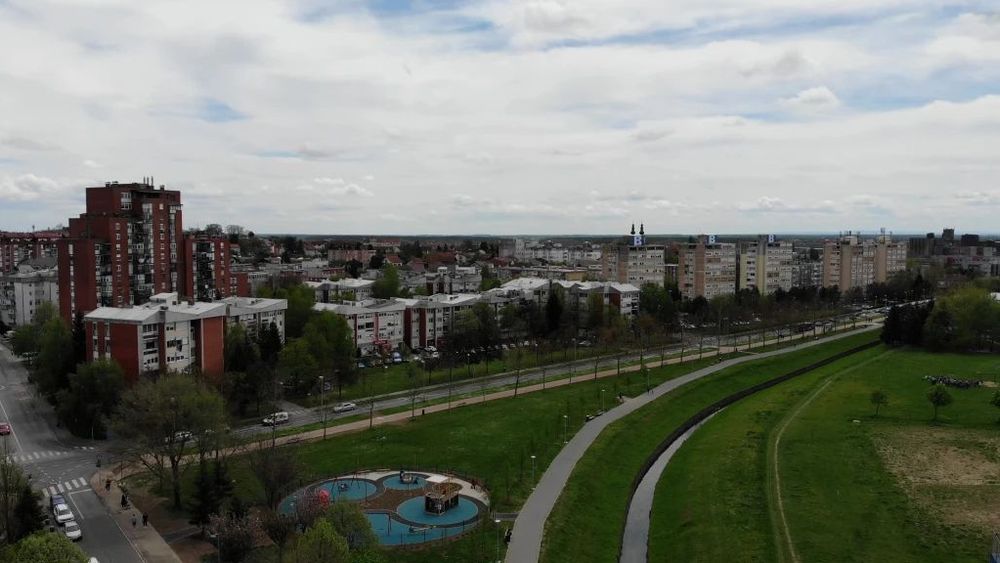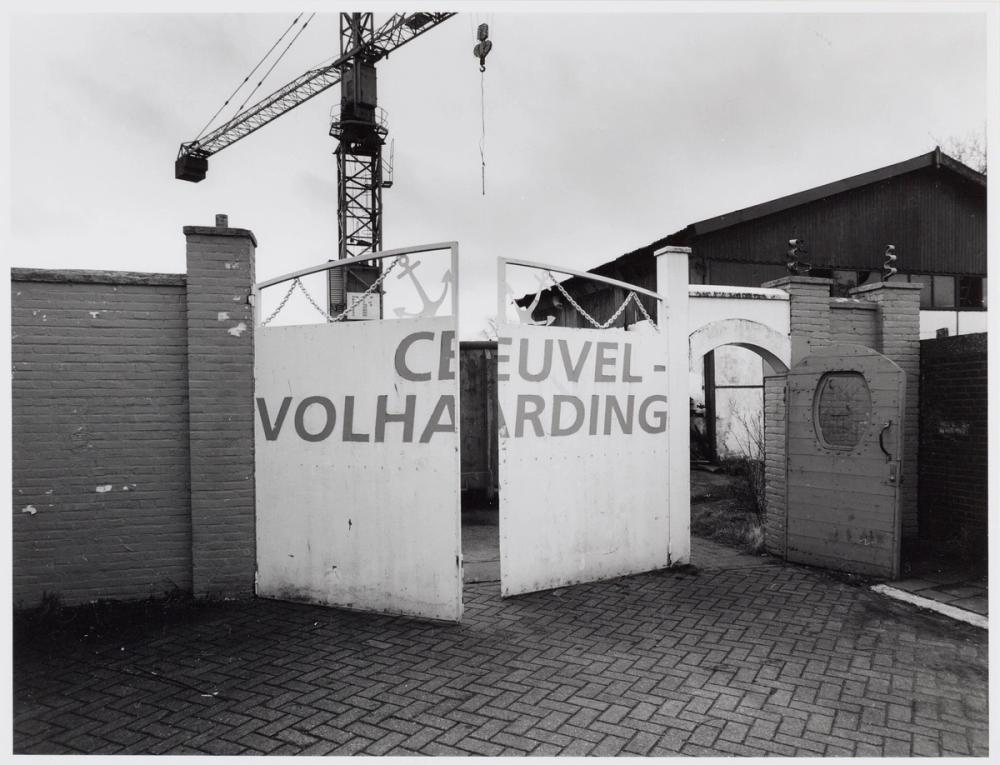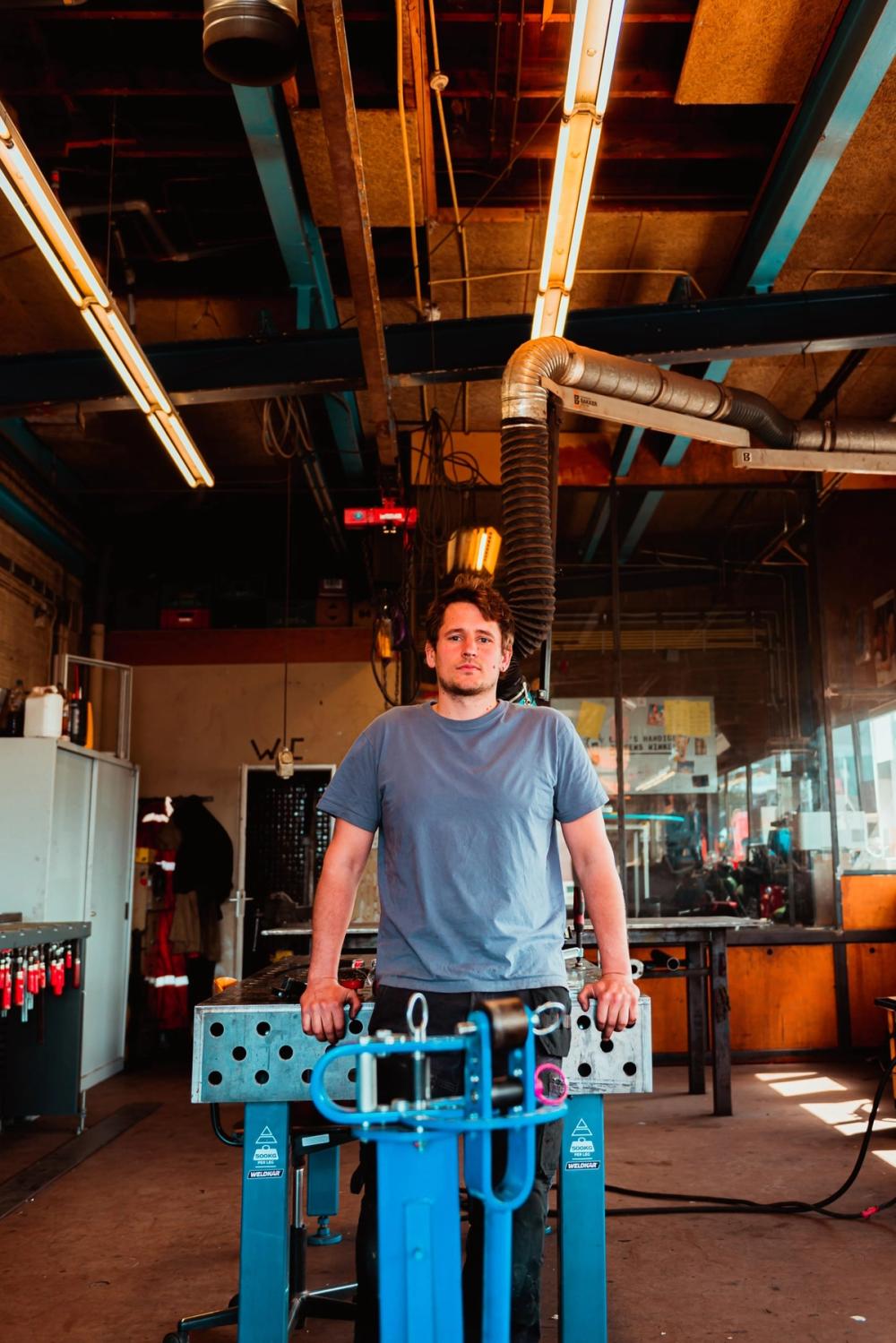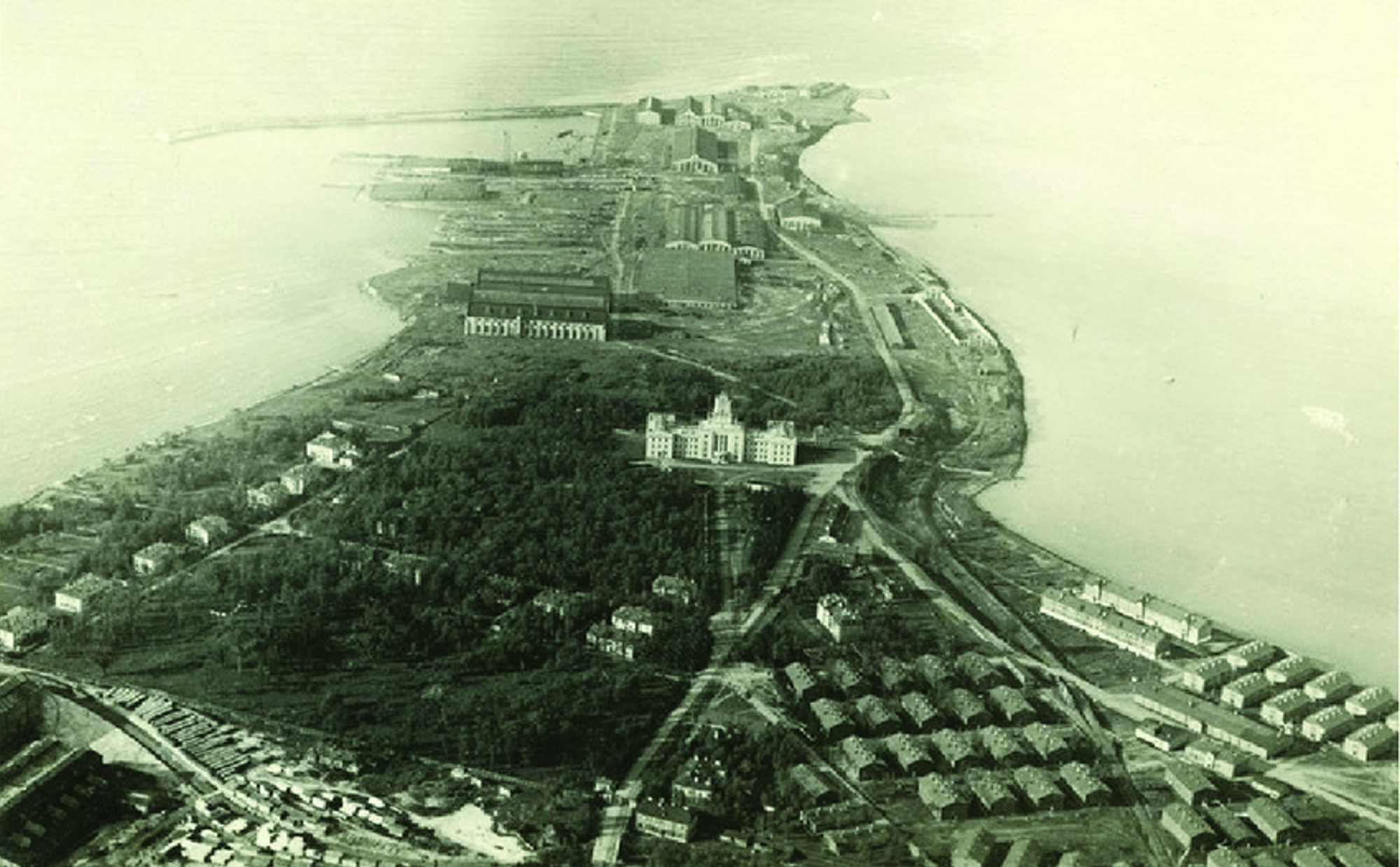According to Sander and Meikar (2011, p. 16), Kopli was for a long time considered to be the “town’s jewel and treasure” and thus, attempts were made to preserve the Kopli forest. In 1904, the area of the forest was estimated at 87 ha, in the first years of 20th century plantation efforts took place, expanding the area to 104ha. The stock for planting was obtained from the nursery established near Kopli.
There was a beloved oak forest on Kopli peninsula which many used for recreational activities (ibid, p. 3). The Telliskoppel farm belonged to Tallinn until 1912, after that large portions of land were sold or leased for building shipyards and a naval port. What was left of the 104 metre forest, was 33 ha that the town kept. From this change, Kopli became an industrial area, a change important for the town from economic perspective.
Sander and Meikar conclude (p. 14) that all of this was in compliance with the legal procedure and there are no reports displaying citizen’s protest with the destruction of such a large part of the forest. At the same time, it must be considered that the first acts regulating forest use in Kopli were adopted in 1415, when fishermen stopping in Kopli were barred from using the forest. The first documented reference to statutory forest planting in Tallinn, too comes from Kopli, from 1611.
The first act of law regulating forest utilisation in Kopli was adopted in 1415 when fishermen stopping over there in the fishing season were barred from using the forest. At the same time, the town was free to utilize the Kopli forest for its own purposes. Hence, the first documented reference to statutory forest planting within the precincts of Tallinn concerns the very 1611 act on Kopli (ibid, p. 15). Newspaper from the 1930s states that "people miss the forest that was taken down to make room for the factories" and describes hopes for restoring at least some part of it.
Thus - although protecting the forest is a historical part of the business of the town in Kopli, industrialisation affected the peninsula so that only a small part of the forest is left.





